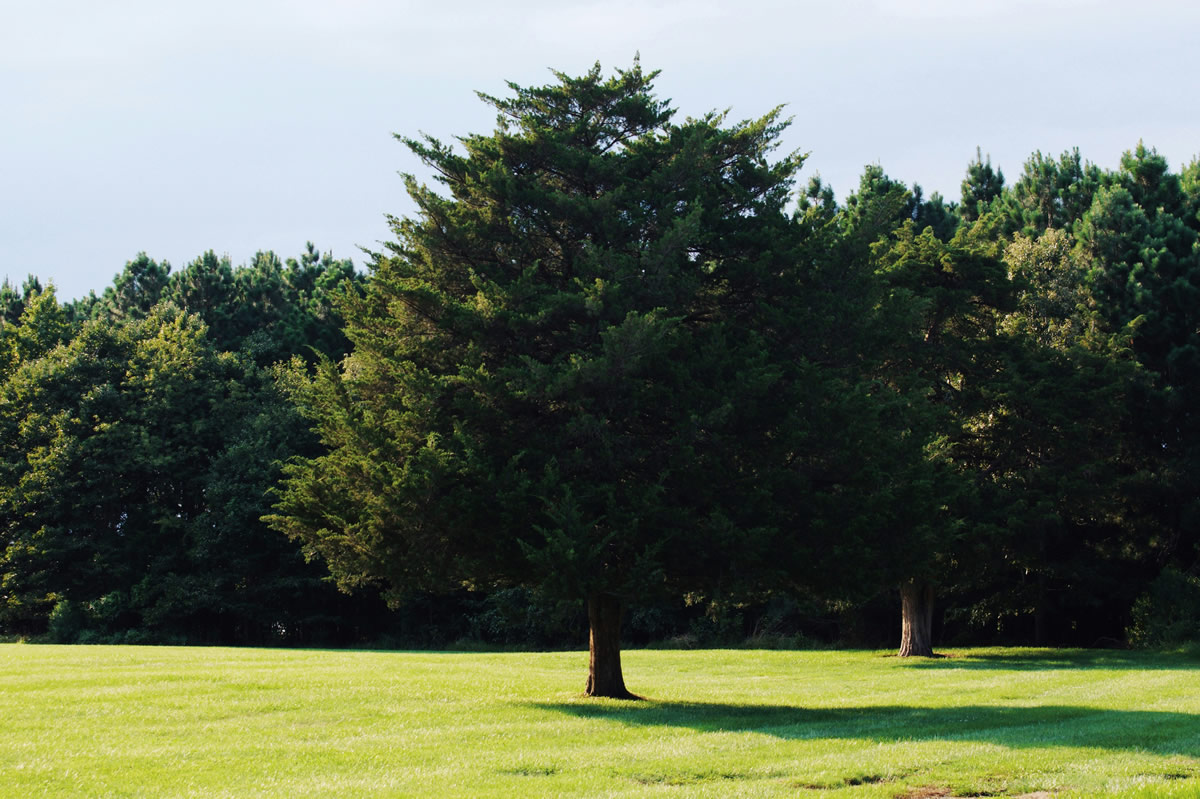Thinning trees is a crucial practice for maintaining a well-manicured property, enhancing both aesthetic appeal and the health of the landscape. This process involves the selective removal of trees and branches to promote growth, improve visibility, and ensure safety. Here’s a detailed guide on how to effectively thin trees for a well-manicured property.
Assess the Landscape
Before beginning any thinning process, it’s important to assess the landscape. Evaluate the density of trees, the species present, and the overall health of the trees. Identify which trees are overcrowded, diseased, or dead. Understanding the specific needs of your property will help determine the extent and method of thinning required.
Planning is essential for successful tree thinning. Decide on the goals: whether it’s improving light penetration, enhancing views, promoting the growth of remaining trees, or a combination of these. Mark the trees that need to be removed or pruned. It’s advisable to prioritize removing dead, dying, or weak trees first, as they pose the highest risk to property and people.
Selective Tree Removal
Selective removal is key to the thinning process. Focus on removing trees that are competing for light and nutrients. Smaller, weaker trees that are overshadowed by larger ones are usually the first candidates for removal. This reduces competition and allows the remaining trees to thrive. In areas with a high density of trees, aim to create an even spacing pattern to ensure each tree has adequate space to grow.
Pruning and Trimming
Pruning involves cutting back branches to shape the tree and remove any that are diseased or damaged. Proper pruning techniques are crucial: cuts should be made just outside the branch collar to promote healing and reduce the risk of disease. Trim lower branches to lift the canopy, which enhances visibility and light penetration. Regular pruning maintains the health and appearance of trees, contributing to a well-manicured look.
Maintain Tree Health
Maintaining the health of the remaining trees is as important as the thinning process itself. Ensure that the soil remains fertile and well-drained. Mulching around the base of trees can help retain moisture and provide nutrients. Regularly inspect trees for signs of disease or pest infestations and take appropriate action promptly.
Follow-Up Care
Thinning trees is not a one-time task; it requires follow-up care and maintenance. Regularly monitor the growth of the remaining trees and be prepared to conduct additional thinning or pruning as needed. A well-maintained property is the result of consistent care and attention.
Thinning trees for a well-manicured property involves careful planning, selective removal, and ongoing maintenance. By following these steps, property owners can enhance the beauty, health, and safety of their landscape, creating a more enjoyable and visually appealing environment.
If you need guidance on how to maximize the beauty of the trees on your property, please contact us.
